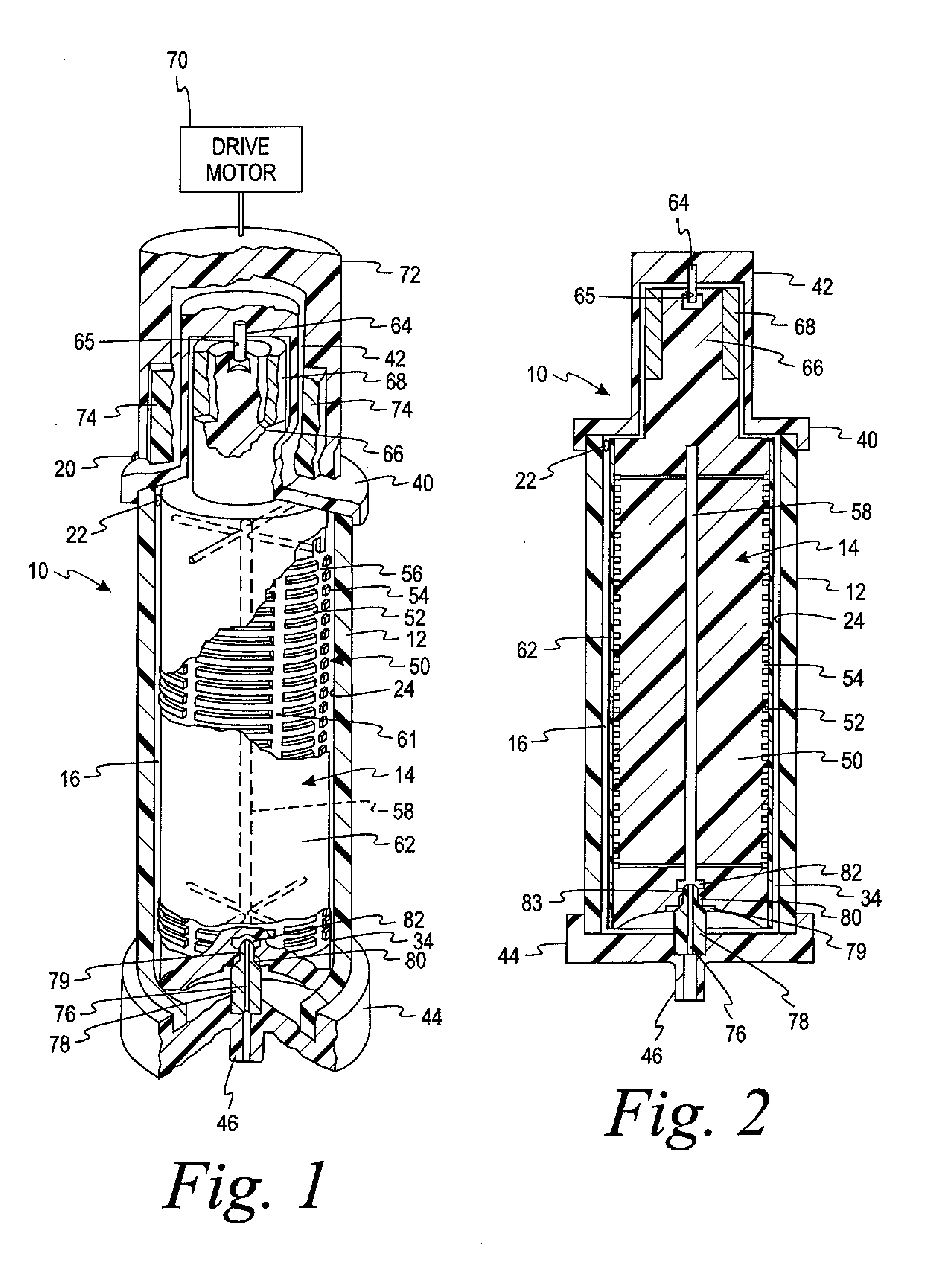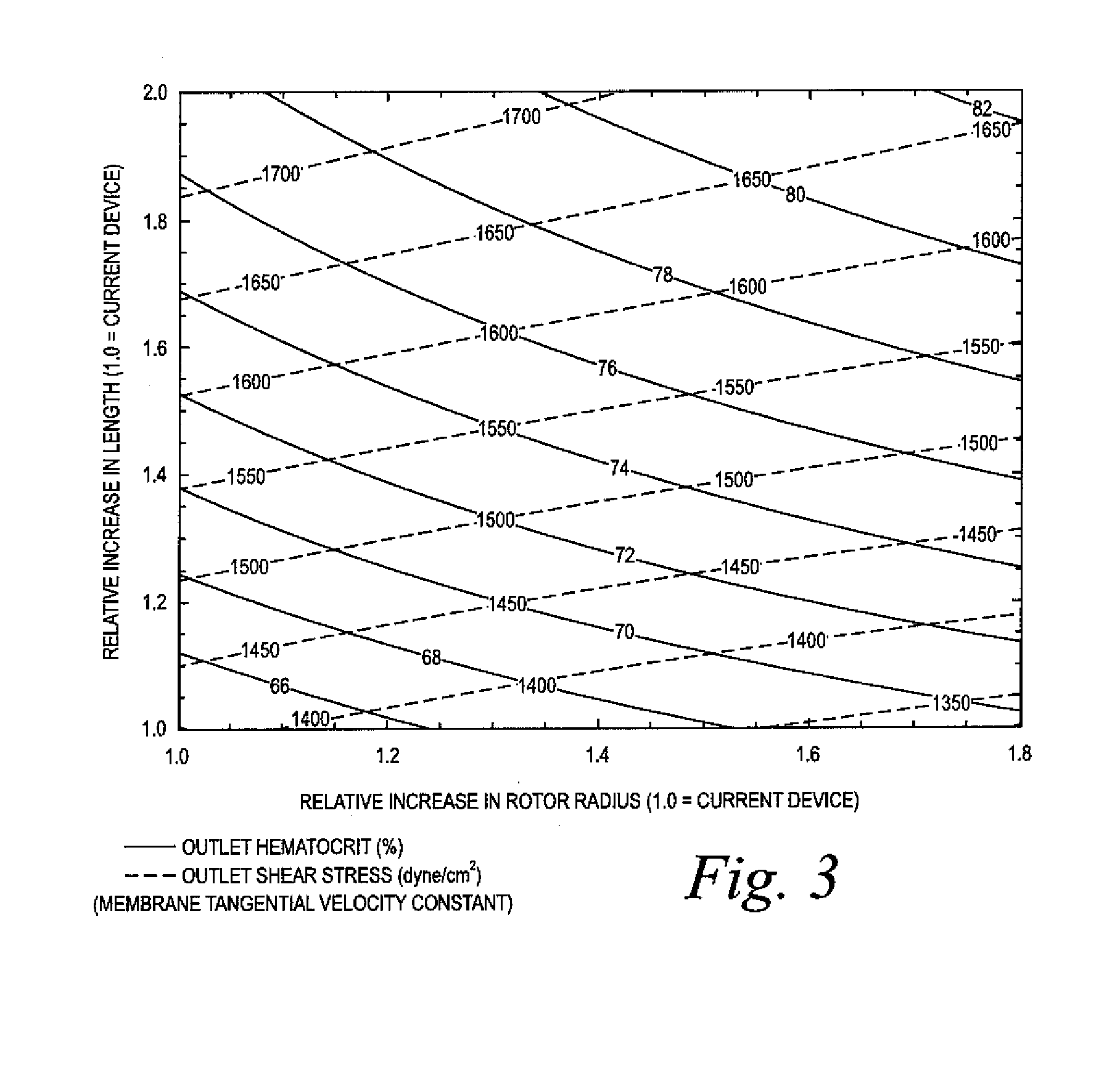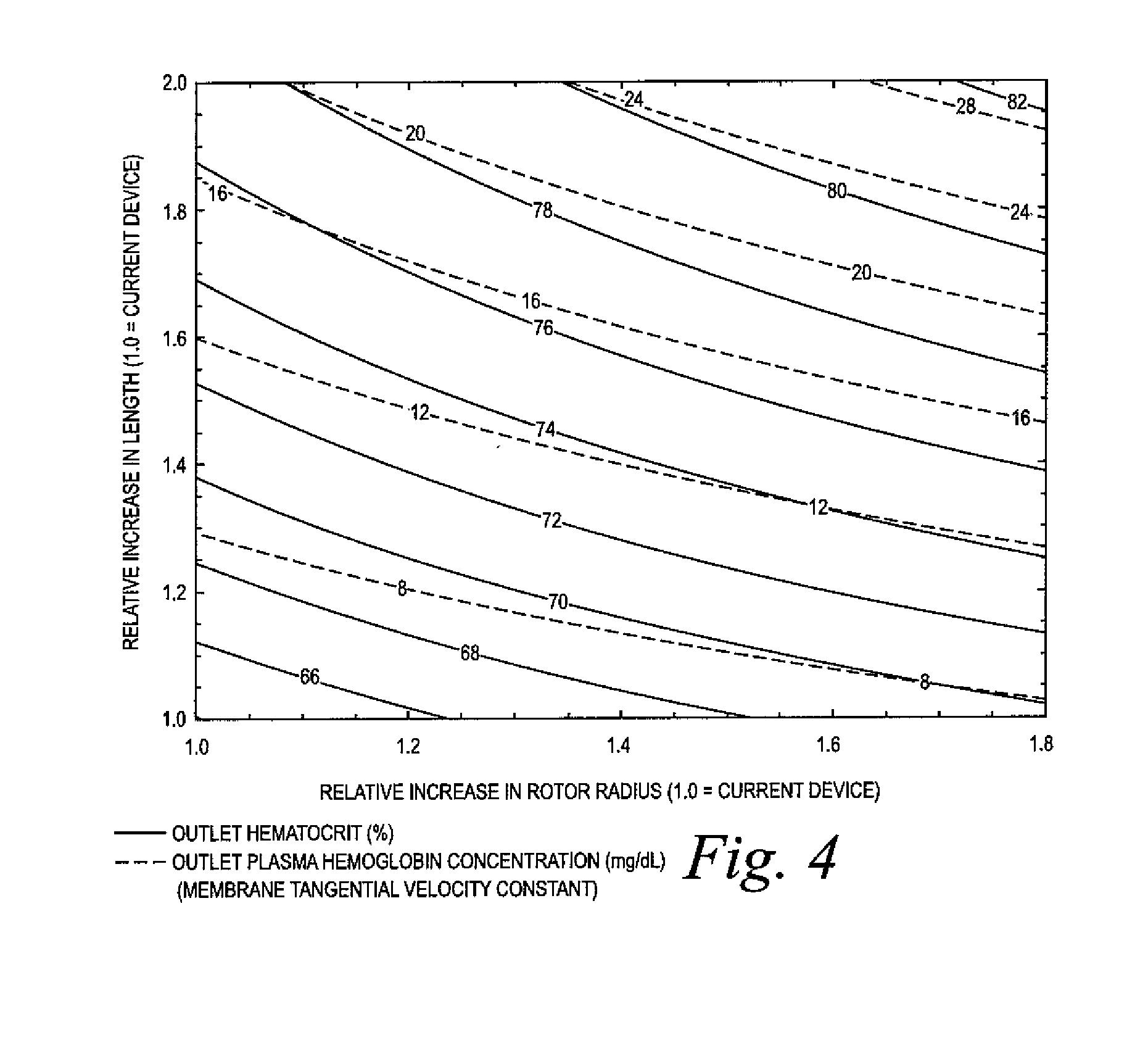Membrane separation devices, systems and methods employing same, and data management systems and methods
a technology of membrane separation and data management system, applied in the field of membrane separation device, system and method employing same, data management system and method, can solve the problems of increased costs, increased labor intensity, and possible human error, and achieve the effect of increasing the flush rate of additive solution and increasing the flush rate of leukoreduction filter
- Summary
- Abstract
- Description
- Claims
- Application Information
AI Technical Summary
Benefits of technology
Problems solved by technology
Method used
Image
Examples
example
[0160]The following non-limiting Example illustrates various features and characteristics of the present subject matter, which is not to be construed as limited thereto.
[0161]In this Example, tests were conducted to determine a first correlation or relationship between selected additive solution flush rates and the amount of hemolysis that occurs at different hematocrit concentrations for each of the flush rates, and to determine a second correlation between the selected flush rates and the decrease or decay of hematocrit concentration over time at each of the selected flush rates. As explained in more detail below, the first and second correlations were then used to determine flush rate increases during filter flushing.
[0162]The system schematically illustrated in FIG. 15D was used to conduct each of the tests of this Example. The system includes a red blood cell container 143 including a supply of red blood cells at an initial hematocrit of at least 85% for the tests run in this E...
PUM
 Login to View More
Login to View More Abstract
Description
Claims
Application Information
 Login to View More
Login to View More - R&D
- Intellectual Property
- Life Sciences
- Materials
- Tech Scout
- Unparalleled Data Quality
- Higher Quality Content
- 60% Fewer Hallucinations
Browse by: Latest US Patents, China's latest patents, Technical Efficacy Thesaurus, Application Domain, Technology Topic, Popular Technical Reports.
© 2025 PatSnap. All rights reserved.Legal|Privacy policy|Modern Slavery Act Transparency Statement|Sitemap|About US| Contact US: help@patsnap.com



